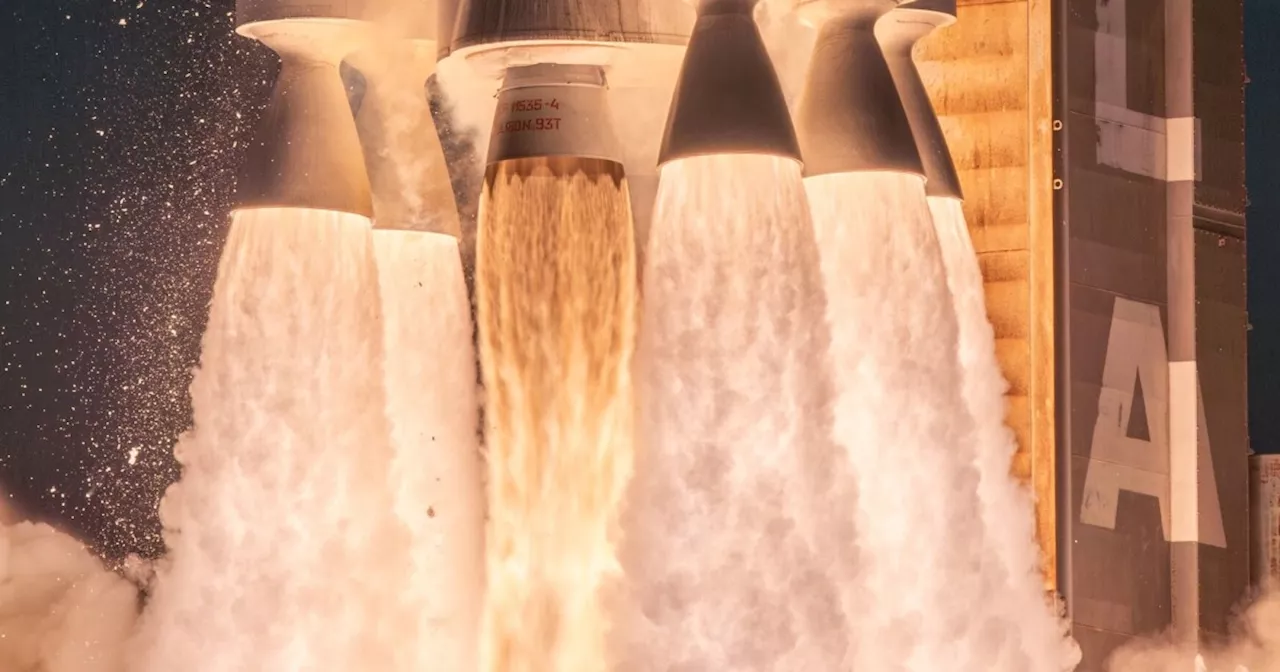In a significant development for satellite internet users, the Federal Communications Commission (FCC) has approved SpaceX’s request to enhance the Equivalent Isotropic Radiated Power (EIRP) of its Starlink products. This decision, announced last week, allows the company to increase the EIRP of the UT3-V1 and UT3-V2 models, which correspond to the standard dish and Mini versions, respectively. The approval is expected to provide customers with faster and more reliable internet speeds.
Details of the EIRP Increase
The FCC’s approval marks a culmination of a year-long review process. The EIRP for the V1 unit will rise from 42.1 to 43.4 decibel watts, while the V2 unit will see an increase from 33.2 to 39.2 decibel watts. This upgrade is anticipated to enhance the performance of Starlink’s existing equipment, potentially improving both download and upload speeds for users.
Currently, Starlink users experience average download speeds ranging from 45 to 280 Mbps, with many achieving speeds above 100 Mbps. The increase in EIRP is expected to strengthen signal quality, which could result in even faster internet access, particularly beneficial for remote areas where traditional broadband services are limited.
Competing in a Growing Market
As competition in the satellite internet market intensifies, SpaceX is positioning itself strategically to maintain its lead. With companies like Amazon gearing up to launch their own satellite internet services by early 2026, the timing of the FCC’s approval is crucial. SpaceX has submitted comprehensive documentation to the FCC, demonstrating that the EIRP increase will not lead to excessive radio interference or harmful radiation levels.
The FCC’s approval applies to both stationary and in-motion devices, hinting at future advancements in Starlink technology. The latest generation of Starlink antennas utilizes an electronic phased array system, allowing for improved signal alignment without the need for physical adjustments. This development brings the potential for enhanced connectivity for users on the move, whether in vehicles or other mobile settings.
As the satellite internet landscape evolves, the expected speed enhancements could significantly improve user experiences. Applications ranging from video conferencing to streaming services like Netflix may see marked improvements, further solidifying Starlink’s market position.
While it remains to be seen how quickly these upgrades will affect users, the FCC’s green light is a promising sign for current and prospective Starlink customers. The anticipated boost in connectivity not only enhances the service’s appeal but also underscores SpaceX’s commitment to addressing the needs of users in underserved regions.





































































